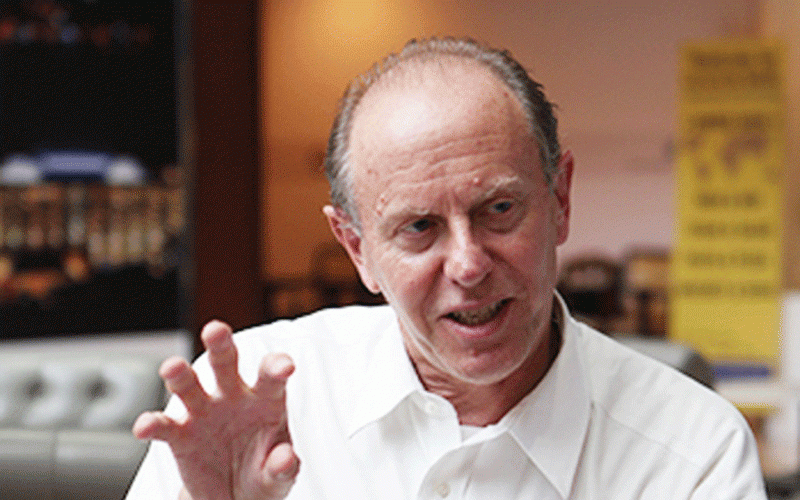
WHEN Alphaville penned the song Forever Young in the 1980s, the then older generation dismissed it as wishful thinking, but to the youth, the song attracted a flurry of excitement.
“Mother nature” was still the sole judge and jury when it came to physical looks in a world where the pursuit for eternal youth had been an obsession since time immemorial. Life was simple, where the book was judged by the cover and the look by the lover.
However, these days it is easy to get the sense that you have stumbled into a party where the punch is spiked with some powerful drug that takes you back in time. The reality is that; life has happened, time has lapsed, but the people around you have not aged. Welcome to the anti-ageing culture.
From Beverly Hills to Bulilamangwe, everyone wants to put their best face forward. Society has realised that the stunning images that grace our television screens, magazines and even billboards are no longer viewed as a will-o-wisp, but a constant reminder that looks are everything.
A gorgeous look is always an eye’s best friend. Whether one is a CEO or a vendor, the discovery of a single wrinkle fills the air with an ineffable aura of heaviness. The mention of the word wrinkle brings business to a standstill at any hair salon and its appearance has seen some marriages come to a premature end.
In today’s society, looking at wrinkles resembles watching an Alfred Hitchcock movie; you want to scream yet fear paralyses of your vocal chords resulting in a muffled scream where the only credible witness is the mirror. In fact, we can boldly declare that in today’s culture wrinkle is the new four letter word.
This year the anti-ageing market is expected to reach $275 billion worldwide. According to a research, one in every two women say that they are bothered by under eye wrinkles while 60% dislike dark circles that are signs of fatigue and 80% do not like their eye lashes.
Psychologists dedicated to skin related issues and facial appearance have found that the contrasting nature of facial features is one of the signals that we unconsciously use to decipher how old someone looks. It was discovered that through the aging process, the colour of lips, eyes and eyebrows change while the skin becomes darker (and you thought the granny next door was a witch because of her darkness, tsk!).
- Chamisa under fire over US$120K donation
- Mavhunga puts DeMbare into Chibuku quarterfinals
- Pension funds bet on Cabora Bassa oilfields
- Councils defy govt fire tender directive
Keep Reading
Older faces have fewer contrasts than younger faces. The wearing of cosmetics artificially increases the facial contrast making the faces to be perceived as younger while artificially decreased contrasts make faces to be perceived as older.
The 20th Century saw the quest for youth or the appearance of it gaining momentum. From James Dean to Zsazsa Garbo, it seemed inevitable that youthfulness was the new gateway to the life of glamour and sophistication.
Markets introduced cosmetics containing peptides, retinol and stem cells promising to strip years from the already gaunt faces. Women became the early adopters to this new phenomenon.
Motivated by the idea of increased longevity along with the drive for the outside appearance to keep up with the youth and vitality one feels inside, consumers became more tech savvy, active and image conscious. Harriman Chidawanyika is a consumer psychologist. e-mail, [email protected]










